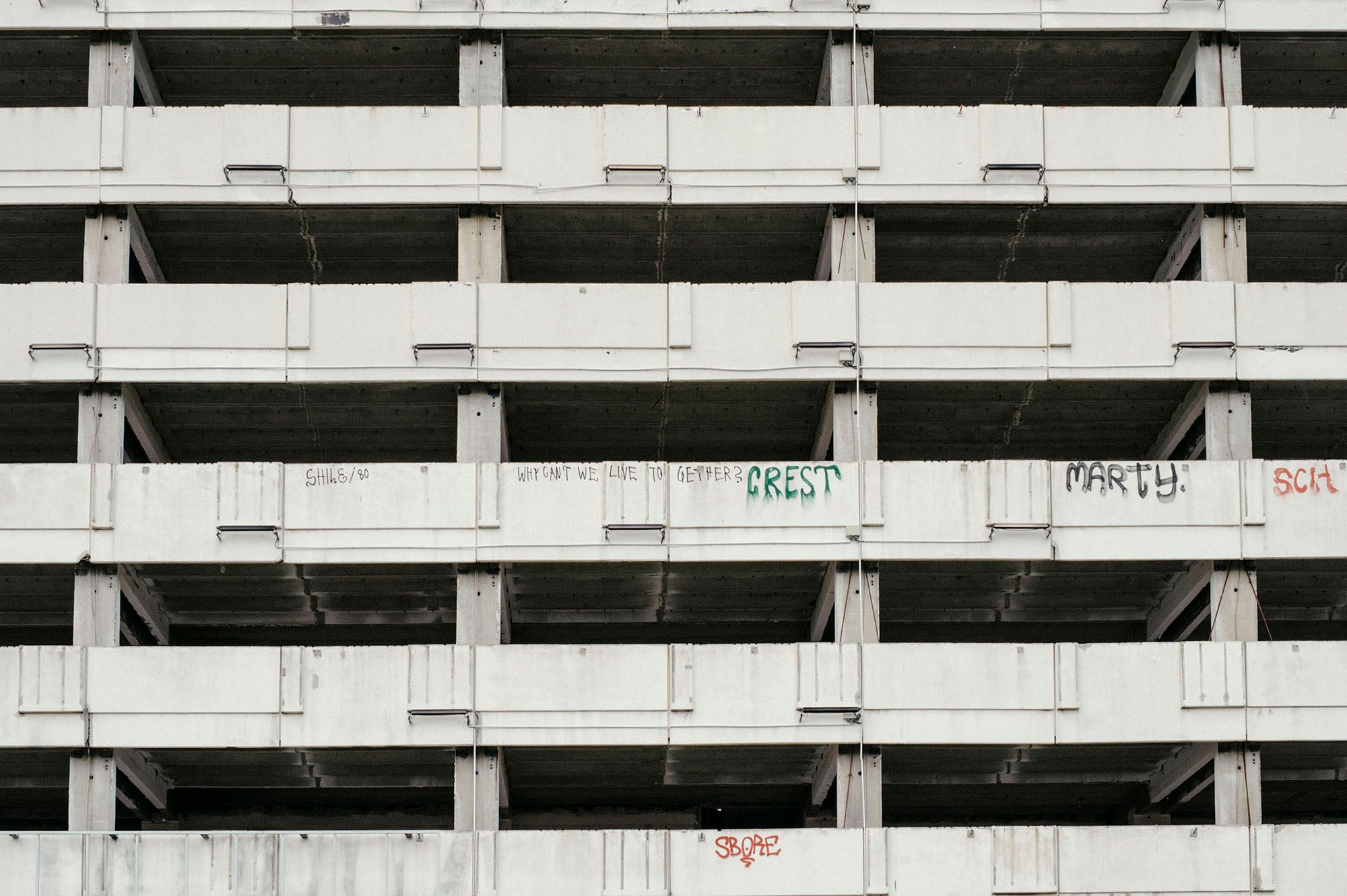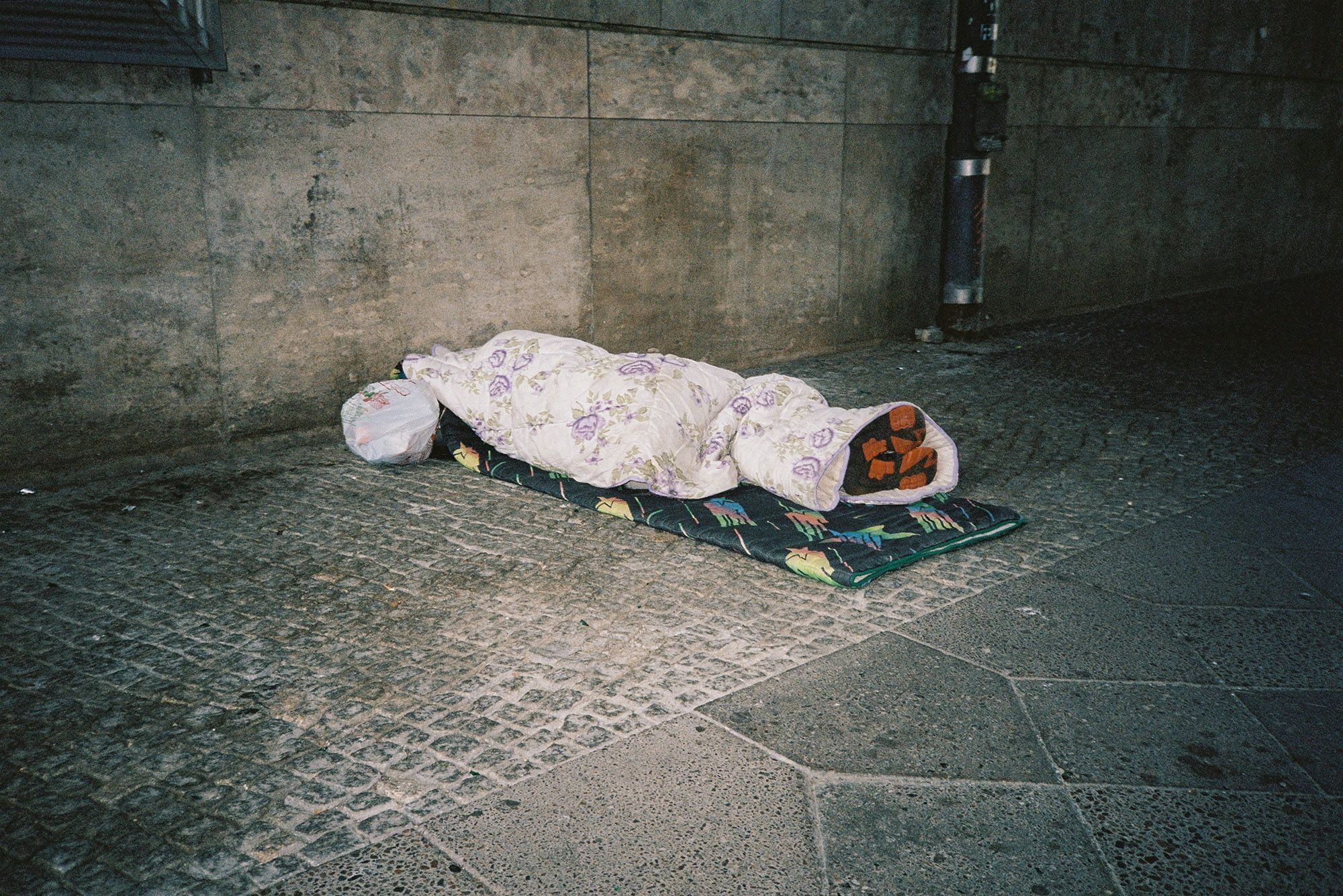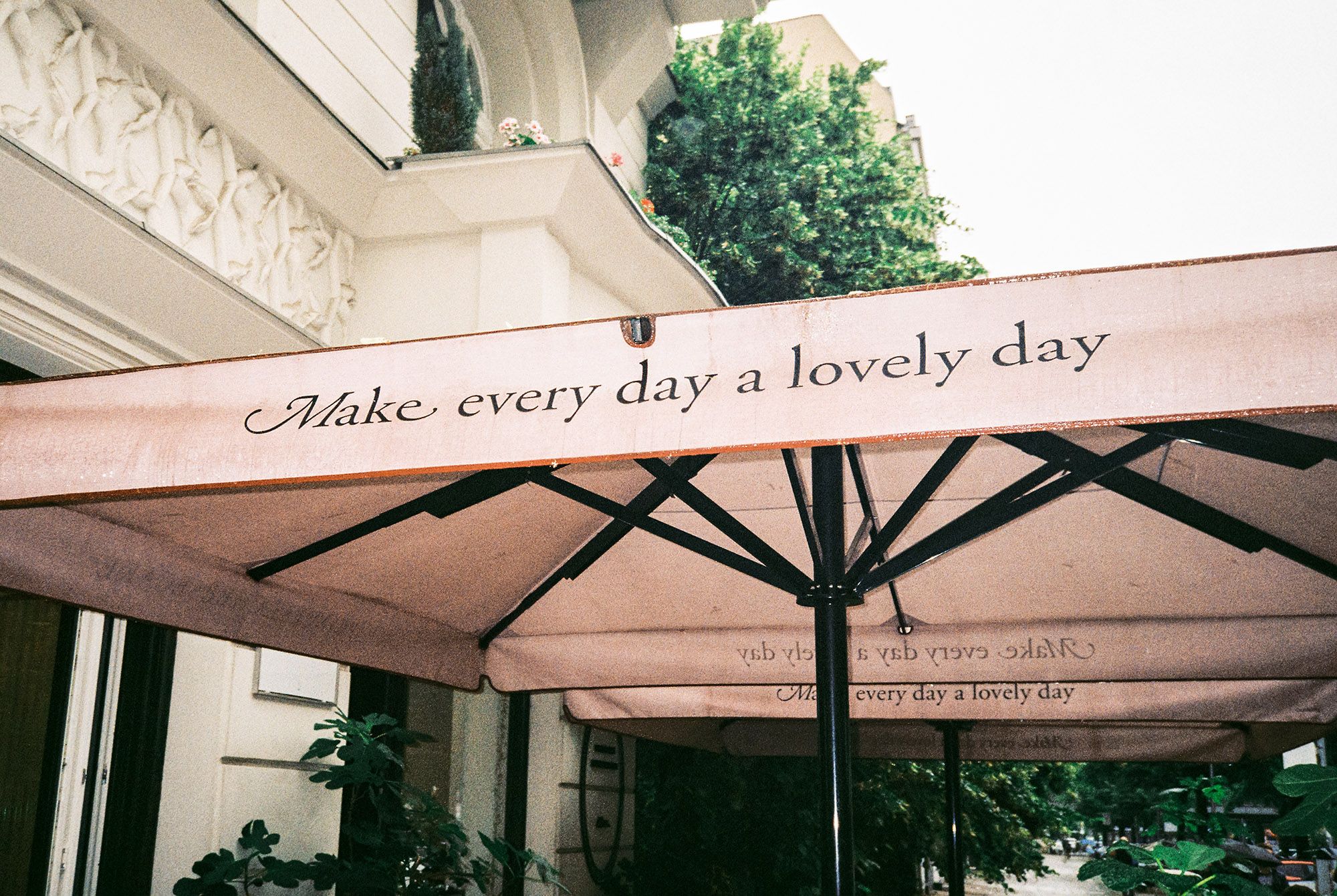Paco Poyato: The Invisible Wall
Paco Poyato brings us back a few decades to the times when the Berlin Wall divided Berlin and, subsequently, Germany into two parts — East and West.

Erected in 1961, it existed for 28 years and it was referred to as “the Wall of Shame” due to its impact in restricting the movement of people. Officially it was known as Anti-Fascist Protection Rampart, a term coined by the GDR authorities. The wall included armed guards, anti-vehicle trenches and beds of nails amongst its defenses in order to prevent people from moving from one side to the other. It came to be seen as a physical symbol of the Iron Curtain which separated East and West Europe during the Cold War.
The Invisible Wall, however, does not present us with historical and archival photographs. It comprises contemporary images taken around the German capital with the aim to trace the remnants of the Wall — not so much the physical remains but its symbolic power. Families were separated for decades, the flow of goods too; one side thrived and prospered, the other one not so much; different political ideologies embedded themselves in people’s minds on both sides. Things like this do not get erased from people’s minds quickly or easily.

A picture which strikes me as extremely potent is of what appears to be a parking building with some graffiti scribbled over, one of which reads “why can’t we live together?” — a powerful question which has presumably lingered inside people for many, many years. Why was this necessary? Whom did it serve? Was it in the best interests of the people or the political powers? Another image shows us a billboard of a man in a military uniform but his face has been obscured by the sun and rendered invisible. It’s a photograph reminiscent of German’s military past when people were asked to follow orders coming from above without really knowing their leaders.


The Invisible Wall is a poignantly political work that poses many questions. It displays modern-day Berlin — people, places, structures - and the effects, both physical and psychological, that the Berlin Wall once had and continues to have on people.
Sign up for the newsletter to read this post
We support independent documentary photographers and photojournalists by promoting their work. Read unique documentary stories with our newsletter.
